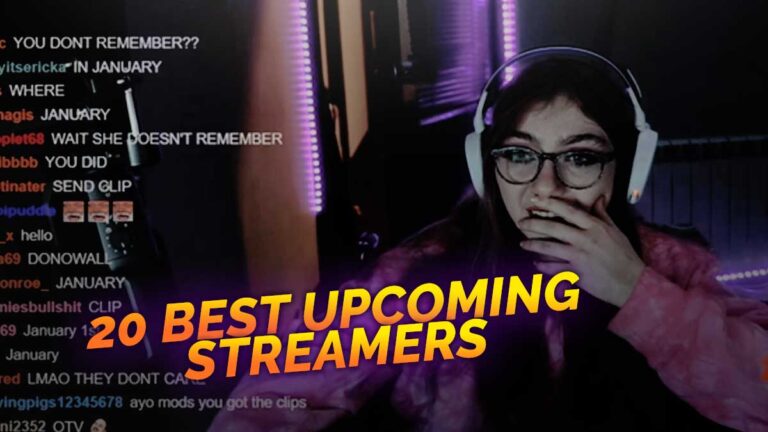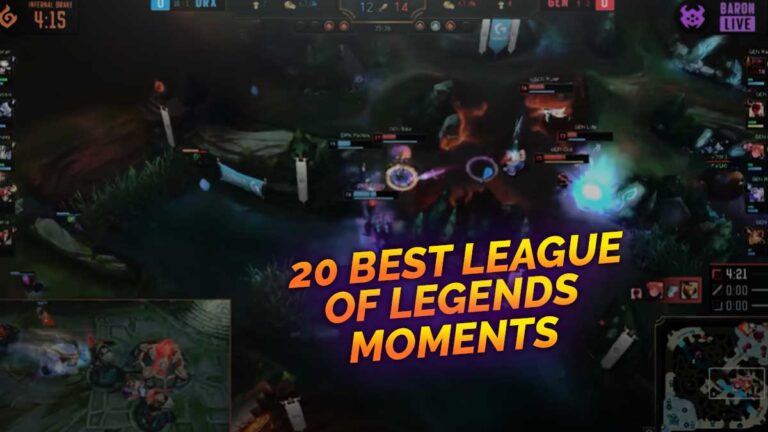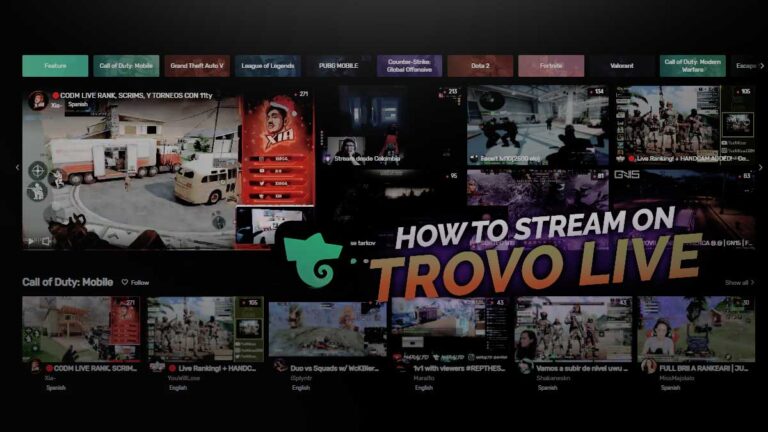Counter-Strike: Global Offensive (CS:GO) has been long since considered as one of the stalwarts of global eSports along with the likes of DOTA 2, League of Legends and Call of Duty.
The popular FPS title managed to climb to the top of the eSports ranks both in total viewership count and prize pool money— and has successfully remained at the peak.
Even with the recent rise of Fortnite and Rainbow Six Siege eSports and a huge boom in mobile eSports titles especially in the Asian market, CS:GO continued to establish its dominance in professional esports.
Well-Established History
Counter-Strike is considerably a classic in Gaming. Just the mere mention of the game will most likely have a number of gamers think about the good old times as it brings back some real nostalgic feelings.
Although initially released as a mod for the FPS game Half-Life in 1999, CS turned out to be well-received by the community.
Players loved the game’s premise of having one team take on the role of the terrorists, with the other team playing as the counter-terrorists. The objective is to defeat all the opponents while completing a main objective; such as planting a bomb.
Not long after, Counter Strike surpassed the majority of gamers’ expectations and shifted a quarter of a million copies— pushing Valve to launch the game’s Xbox port.
A sequel ,Counter-Strike: Condition Zero, was launched in 2004. Later the same year, Counter-Strike: Source also hit the shelves.
Counter Strike fans had to wait about eight years for the next installment of the series. Upon the release of Counter-Strike: Global Offensive (CS:GO) in 2021, the community was so taken aback and impressed by the FPS game that it lured in a lot of new active players.
The game skyrocketed to the top of Steam charts and successfully kept the title for a long time.
The Rise of eSports
The older generation would never believe eSports and gaming would reach the point of having multi-million dollar prize pools, but we’re living at a time where competitive Gaming continues to thrive.
By the time of CS:GO’s release in 2021, it’s global popularity paved the way for the competitive gaming scene to grow into greater heights. Twitch, Amazon’s leading live streaming platform, was also launched recently at the time. Watching online gaming tournaments grew increasingly popular to many gamers across the world.
Aside from CS:GO, games like League of Legends (a MOBA game) and Starcraft (Sci-fi strategy game) were also gaining more attention— but no First Person Shooter game lived up to the likes of these titles. Hence, it was only natural for CS:GO to claim the title of being the dominant FPS game in the eSports scene.
With its low skill floor, a term that’s unfortunately commonly mixed up with other eSports and gaming-related terminologies, CS:GO is one pioneering FPS game that is easy for beginners to pick up and learn. It’s appeal for online streaming stems from the fact that it’s easy to follow the action in the game.
It also has an exceptionally high skill ceiling— another gaming terminology many new gamers seem to be confused about. This means it’s possible for even professional and highly competitive players to achieve a skill level that newbies can only imagine. It’s one factor that makes pro CS:GO tournament streams so thrilling to watch for many.
FPS eSports genre
Today, it’s not only CS:GO that comes to mind when we talk about FPS games. Other FPS titles like Overwatch and Rainbow Six Siege (R6) are also slowly taking over the particular eSports genre.
Some of you might argue why Call of Duty is not included on the list— this is because the Activision-backed FPS series has a new release annually. Although there is a pro eSports scene for CoD, it’s relatively small compared to a giant like CS:GO considering how difficult it is for players to constantly adapt to a new franchise title every year.
Going back to Overwatch and R6, these FPS titles have undeniably grown more popular over the last years. However, since CS:GO was one of the FPS genre pioneers in eSports, the title already established a large, loyal following by the time these other FPS games were released.
In particular, a number of aspiring pro eSports players already devoted much of their time and effort into honing their CS:GO skills. Thus, they were rather reluctant to abandon the game just to try and venture into a new shooter title.
The way Valve constantly updates the game also helps keep the hype around CS:GO, as its gameplay continues to be fresh and players can enjoy different technological developments while playing the FPS title.
It’s why CS:GO is considerably a “living” game, with its player count thriving in 2020. The shooter game has truly enjoyed longevity in the eSports scene— a feat that’s not easy to achieve.
CS:GO Skin Trading
In-game weapon skins and cosmetics also helped CS:GO retain its success, especially with thriving markets focused on trading exclusive skins between interested players.
Skins allow players to customise the appearance of their characters to their liking, which grew to be a massive deal in the gaming community.
Some players have successfully sold exclusive CS:GO skins at large sums. For instance, the beautiful and rare AWP’s Dragon Lore style skin from the Boston Major sold for over $61k in January 2018. It was considerably the most expensive CS:GO skin sold.
The particularly expensive rare skin features a custom paint finish with a knotted roaring, flame-breathing dragon. It has a color palette of beige, orange, yellow and olive, which gives the AWP a neat and regal feel.
Skin trading is a market that needs you to really immerse yourself before you understand how it works. Considering a skin pack doesn’t really make you any better at the game nor does it boost any weapon statistics— it’s fair enough for the price to make anyone gasp.
That’s the appeal of the whole trading system on CS:GO, where weapon skins turn to be an active or a passive investment.
An Accessible Game
Previously, CS:GO was sold at a fair price point of $15— which helped rack up a high number of sales. By 2016, Counter-Strike: Global Offensive has already sold over 25 million units which made it the best selling PC game on Steam at the time.
In a move to make the game more accessible to FPS enthusiasts and interested players, CS:GO went free-to-play in December 2018. It was a great move made by Valve because millions of new gamers flocked in and discovered the true appeal of CS:GO.
This Free-to-Play (F2P) model follows the likes of other top eSports titles such as DOTA 2. Now, players can download and play CS:GO for free. Valve also continues to improve and optimize the game even after making it F2P.
Biggest eSports title in 2020?
Amid the global pandemic in 2020, a number of eSports competitions have either been cancelled or rescheduled for the next year. Only a few titles managed to hold big LAN events before March, the time when the majority of the world went into strict lockdown. As such, the majority of eSports tournaments in 2020 were held online.
CS:GO’s total prize money in 2020 was at $12,000,000. The most viewed tournament of the year was the IEM Katowice 2020, which peaked at 1 million viewers.
The FPS title considerably had the biggest prize money in eSports for the year. Over a million viewers tuned into a crowdless IEM Katowice, one of the last massive LAN events to be held before the global lockdowns.
Highest-earning CS:GO pros
Some CS:GO star players from Astralis made it to the top of the richest player rankings as of December 2020 after winning consecutive majors.
In 2018, Astralis members Nicolai ‘dev1ce’ Reedtz, Peter ‘dupreeh’ Rasmussen and Andreas ‘Xyp9x’ Højsleth were previously hailed as the first CS:GO pro players to ever surpass the $1M threshold in prize pool won. Shortly after, teammates Lukas ‘gla1ve’ Rossander and Emil ‘Magisk’ also joined the millionaire’s club in 2019.
A total of 11 pro CSGO players made it to the millionaire’s club; including old SK-Luminosity members and Jake ‘Stewie2k’ Yip. Most recently, Liquid star Keith ‘NAF’ Markovic also broke the $1 million mark.
As for the title of the richest CS:GO player of all-time; Dupreeh has taken over Astralis’ teammate Xyp9x as the FPS title’s highest earner. His current total earnings surpassed $1.5 million after their Berlin Major triumph, although his record is being closely followed by the rest of the team.
Here’s a brief list of the top 10 highest-earning CS:GO pro players as of December 24, 2020:
- dupreeh (Denmark) – $1,856,322.74
- Xyp9x (Denmark) – $1,832,621.90
- dev1ce (Denmark) – $1,820,823.21
- gla1ve (Denmark) – $1,685,684.08
- Magisk (Denmark) – $1,449,781.97
- Stewie2k (USA) – $1,107,340.00
- TACO (Brazil) – $1,063,858.27
- fer (Brazil) – $1,063,038.92
- FalleN (Brazil) $1,059,938.92
- coldzera (Brazil) $1,021,901.46
Bottomline
The eSports industry may be volatile in nature, but Counter-Strike: Global Offensive (CS:GO) proved it otherwise as it continuously remained at the top of the hierarchy for a few years.
The success of CS:GO continues until today. It even reached more than 1 million concurrent players on Steam in November 2020— hence, it’s not yet a “dead” game despite a number of players flocking over to new, fresher FPS titles like Valorant.
Valve’s popular multiplayer shooter seems to have more long years down the line!





























